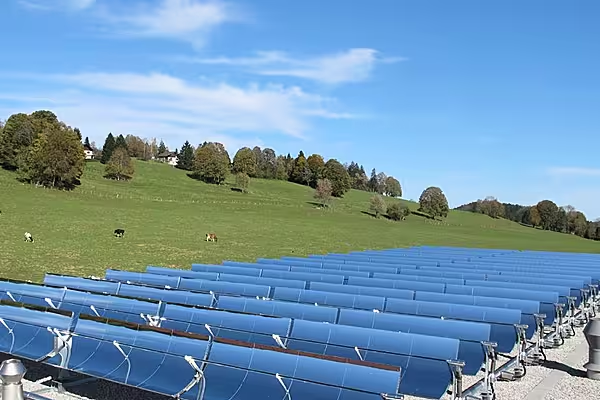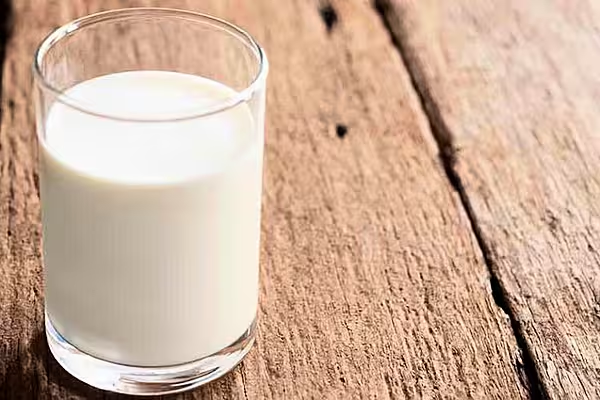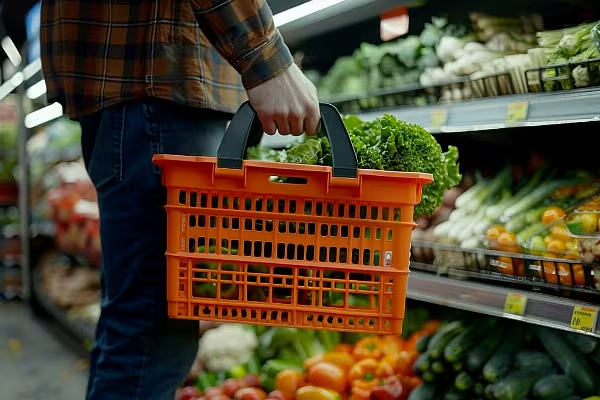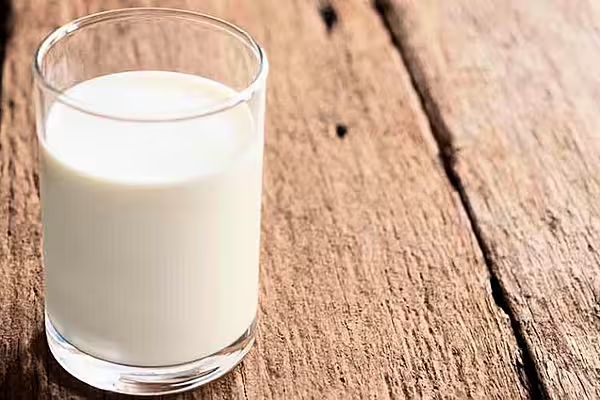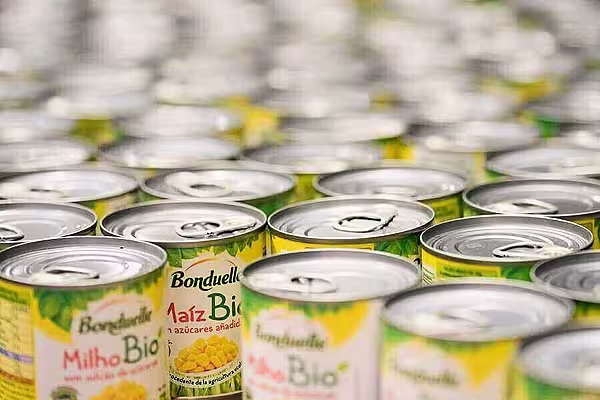Swiss dairy group Emmi has published its 2021 sustainability report in line with the requirements of the Global Reporting Initiative (GRI).
The group believes it is 'on track' to achieve its sustainability goals and has shared a progress report and further objectives.
Sustainability Reporting
As part of its business model geared towards sustainable growth, Emmi formalised its understanding of sustainability, which has grown over the decade, when it published its first comprehensive sustainability report ten years ago.
A second milestone followed in 2016 with the anchoring of specific sustainability targets to be met by 2020.
The latest report, prepared in accordance with the GRI requirements, outlines the 2019/20 reporting period and draws a conclusion on the entire first strategy period.
It also sets out the new strategic sustainability model, which is based on the action of people, communities, and the planet, including expanded objectives with a horizon of 2027 and the netZERO 2050 vision.
These include expanding its commitment to sustainable dairy farming beyond Swiss borders, and new scientifically validated reduction targets throughout the value chain.
Both are steps towards achieving the netZERO 2050 vision and the ambition to ensure the 'best dairy moments can also be experienced by future generations,' according to the group.
Sustainable Dairy Farming
In specific terms, Emmi has set itself targets in five key areas of sustainable dairy farming, employee development, and reduction of emissions, waste and water consumption, and has committed to greenhouse gas reduction targets throughout the value chain (Scope 1, 2, and 3) on the basis of science-based targets (Science Based Targets initiative, SBTi).
The report also provides detailed insights into how Emmi is addressing issues of material importance for sustainable development.
The general management approach is presented for each key issue, and progress in the area is demonstrated.
The report also provides detailed information on the composition of energy sources, the distribution of greenhouse gas emissions, the volumes and types of milk processed, and the workforce structure in the individual countries.
© 2021 European Supermarket Magazine. Article by Conor Farrelly. For more Fresh Produce news, click here. Click subscribe to sign up to ESM: European Supermarket Magazine.
